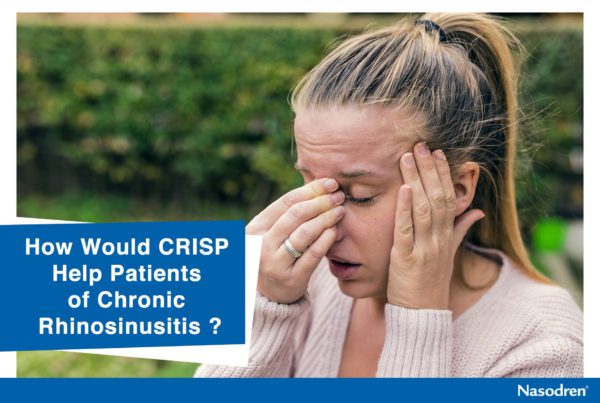Does the polyps’ surgery cure sinusitis?
Yes. Large nasal polyps obstruct the sinus drainage system, leading to mucus accumulation that may cause sinus inflammation and infection. If medication does not treat nasal polyps, surgery is required. The surgery will clear up the blockage, relieving sinusitis symptoms. For instance, chronic sinusitis with antrochoanal polyp (ACP) is always treated with endoscopic sinus surgery, as medication does not cure the polyp. However, the polyps may recur, thus continuous medical therapy is required. The polyps’ surgery cures sinusitistemporarily.
What is antrochoanal polyp?
An antrochoanal polyp, a benign trifoliate structure, originates within the maxillary sinus. The unilateral and solitary polyp grows from the mucous glands that are blocked or ripped apart. Generally, the polyp expands and reaches into the nose via accessory ostium, and occupies the nasopharynx and nasal cavity. In fact, main growth of the sinonasal inflammatory polyp occurs in the nasal cavity. Extension into the nasopharynx may be considered as tumor.
The polyp is usually linked with bilateral maxillary sinusitis. Nasal infection and allergy may also cause the polyp. Poorly developed osteum of the maxillary sinus encourages growth of an antrochoanal polyp.
In 1906, Professor Gustav Killian described the polyp for the first time. A Killian antrochoanal polyp has two well-defined parts: endosinusal and nasochoanal. The endosinusal component mainly comprises a big cyst filled with fluid of yellow color. The fleshy nasochoanal component may enter into the nasopharynx.
Studies concluded that men are more likely to get the polyp than women. Young adults and teenagers are more prone to the polyp. The patients with antrochoanal polyp may be allergic. A big antrochoanal polyp may affect the voice besides causing headache, nasal discharge and nasal obstruction. The gray polyp is insensitive to touch. The polyp may cause problems in breathing as well. The maxillary sinus with the polyp appears opaque on the plain-film radiograph. Dysphagia and sleep apnea are secondary symptoms of antrochoanal polyps.
Many antrochoanal polyps feature long stalks and are bigger than other inflammatory polyps. Both number of mucus glands and eosinophils is lower in antrochoanal polyps than other nasal polyps. Stromal cells are scattered within these polyps. These non-neoplastic cells are more fibrous than those found in other inflammatory polyps.
However, do not loose hope as the polyps’ surgery cures sinusitis. Caldwell-Luc operation and polypectomy techniques are used for the surgery. Entire base of the polyp should be removed during the surgery, as incomplete removal of antrochoanal polyp increases chances of recurrence.







